Manslaughter (1922 film)
7.8 /10 1 Votes7.8
Budget 385,000 USD Duration | 7.6/10 IMDb Genre Drama Country United States | |||||||||||||||||||||||||||||||||
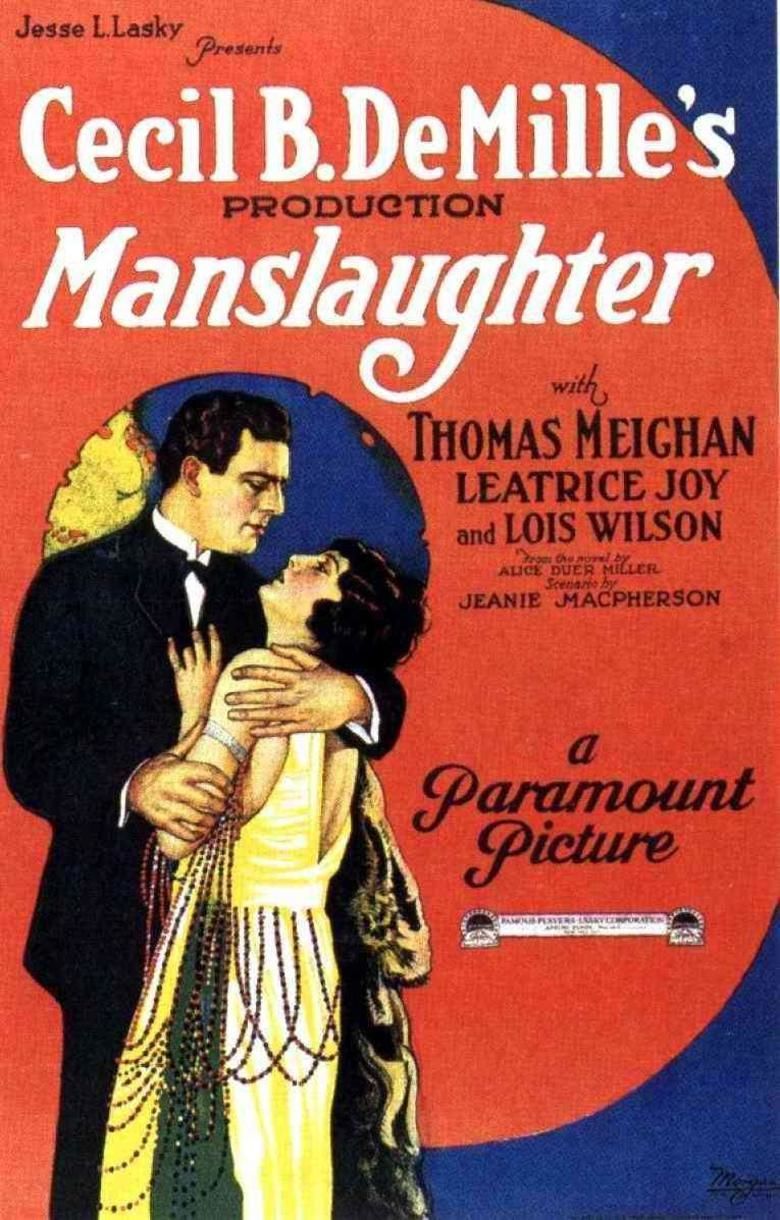 | ||||||||||||||||||||||||||||||||||
Language SilentEnglish intertitles Release date September 24, 1922 (1922-09-24) Cast (Lydia Thorne), (Daniel J. O'Bannon), (Evans (Lydia's maid)), John Miltern (Gov. Stephan Albee), (Judge Homans), (Mrs. Drummond)Related Cecil B. DeMille movies | ||||||||||||||||||||||||||||||||||
Manslaughter 1922
Manslaughter is a 1922 American silent drama film directed by Cecil B. DeMille and starring Thomas Meighan, Leatrice Joy, and Lois Wilson. It was written by Jeanie MacPherson based upon the novel of the same name by Alice Duer Miller.
Contents

Plot
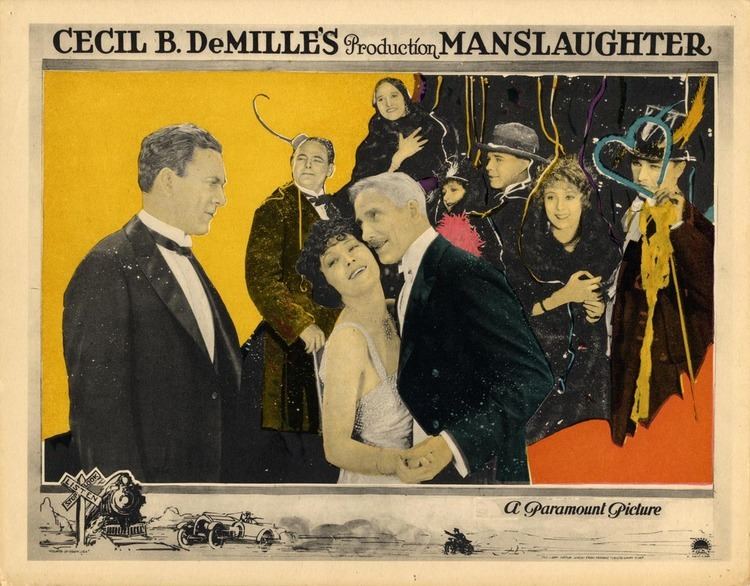
A wild, wealthy woman (Joy) is brought to heel by a sermonizing district attorney after she accidentally hits and kills a motorcycle cop.
Cast
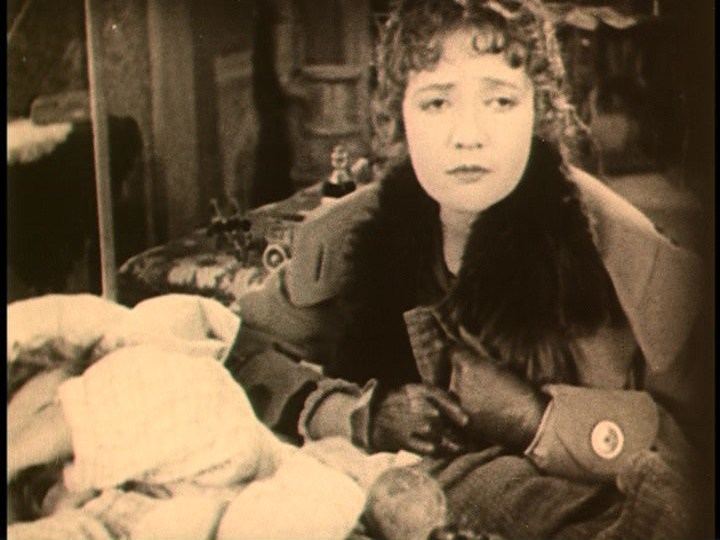
Production
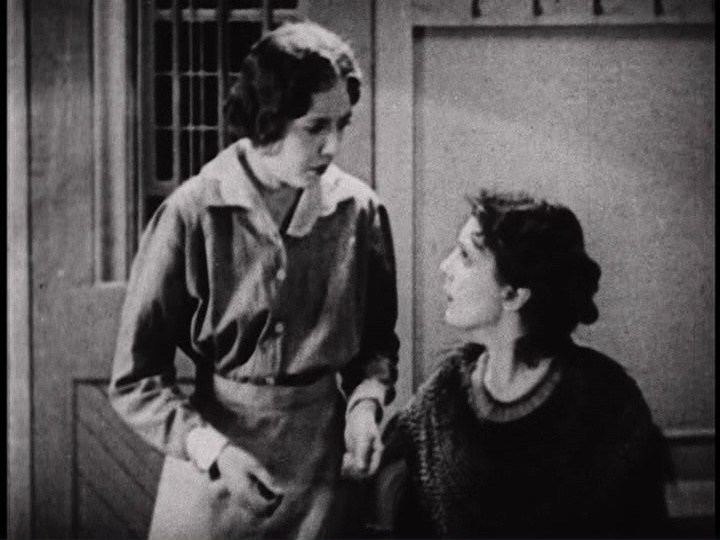
According to Leatrice Joy, the filming of the car chase scene was extremely nerve-wracking because she herself had to drive the car, which had been fitted with a platform to support two cameramen and the director, plus equipment. Their safety depended entirely upon her skills as a motorist. Joy did most of her own driving, though in some shots the car was driven by stunt double Leo Nomis. During the shooting of a prison sequence, Joy burned her hand accidentally with soup in a prop cauldron; assistant director Cullen Tate had neglected to inform her that the soup was scalding hot.
Reaction
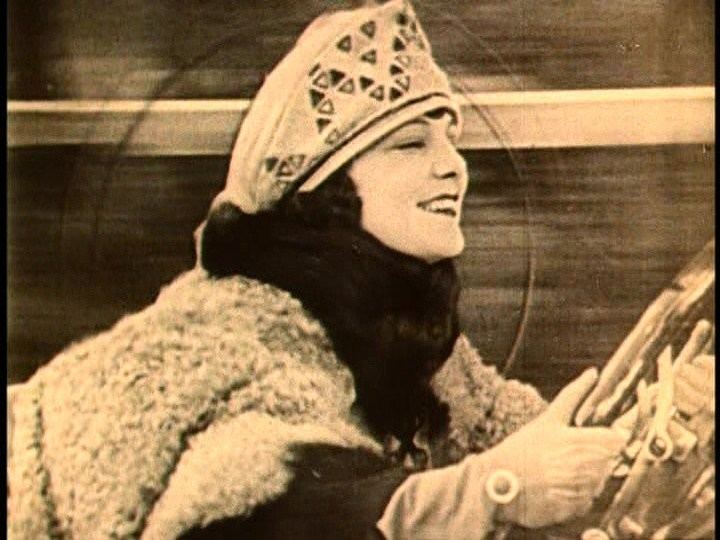
Manslaughter is thought of by historians as one of De Mille's lesser efforts as a director. Historian Kevin Brownlow notes that Joy and Wilson "both give far better performances than the film deserves." "It is hard to believe that such a crude and unsubtle film could come from a veteran like De Mille," said a 1963 Theodore Huff Society program note for the film, "harder still to believe that this came from the same year that Orphans of the Storm, Down to the Sea in Ships", and Foolish Wives. The amateurish and crudely faked chase scenes that start the film are of less technical slickness than Sennett had been getting ten years earlier. Manslaughter is exactly the kind of picture that the unknowing regard as typical of the silent film - overwrought, pantomimically acted, written in the manner of a Victorian melodrama, the kind of film that invites laughter at it rather than with it."
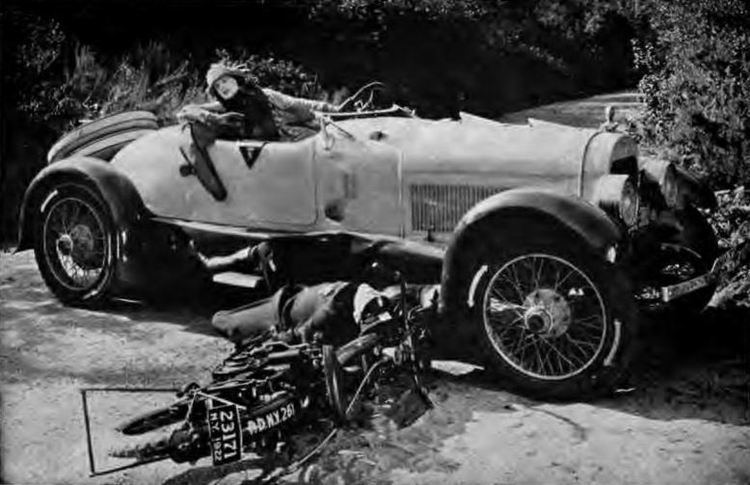
When a print was screened by William K. Everson for Joy's daughter's birthday, the star of the film attended and saw it for the first time in forty years. According to Kevin Brownlow, "Miss Joy thought it hilarious."
Preservation status
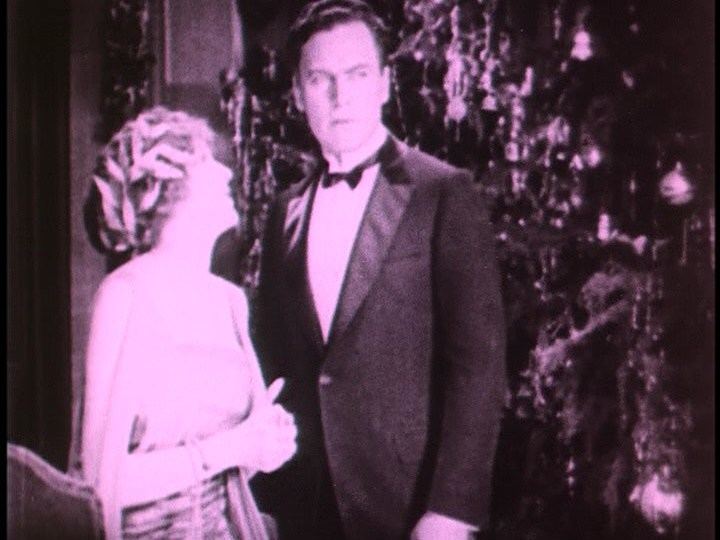
Prints of the film exist in the George Eastman House film archive and the Paul Killiam Collection.
References
Manslaughter (1922 film) WikipediaManslaughter (1922 film) IMDb Manslaughter (1922 film) themoviedb.org
